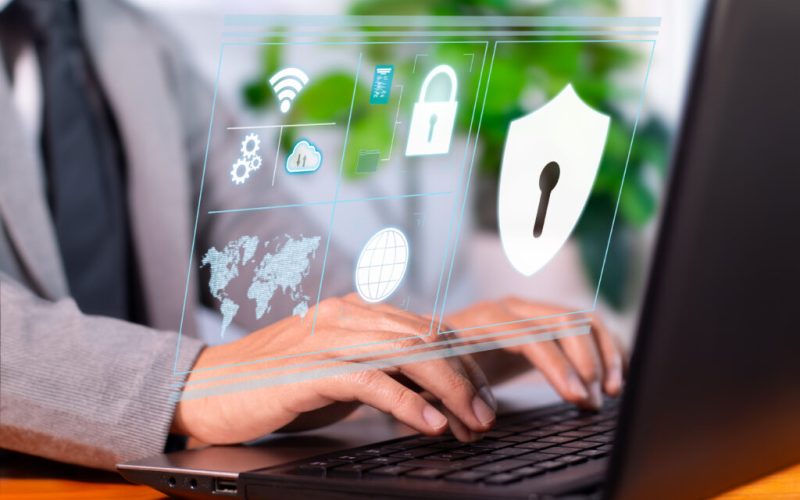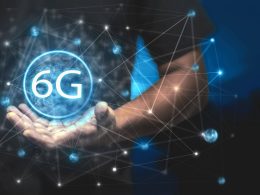With the global shift to hybrid and remote work, cybersecurity has become a critical priority for businesses of all sizes. As technology evolves, so do cyber threats, requiring organizations to stay proactive. This article explores updated strategies and solutions tailored to the modern remote workforce, emphasizing the importance of robust cybersecurity practices.
1. The Importance of Secure Remote Access

The foundation of secure remote work lies in establishing safe connections. Using Virtual Private Networks (VPNs), preferably those managed through a Unified Endpoint Management (UEM) solution, ensures encrypted communication. Additionally, employing tools like Zero Trust Network Access (ZTNA) can bolster security by continuously verifying the identity of all users and devices accessing corporate resources.
Example: Companies adopting Zero Trust models have seen a 35% reduction in breach incidents, according to recent data from industry experts.
2. Multi-Factor Authentication (MFA) as a Line of Defense
Phishing attacks have become increasingly sophisticated, often bypassing basic security measures. Multi-Factor Authentication (MFA) adds an extra layer of protection by requiring users to verify their identity through multiple methods. This is crucial as modern phishing campaigns target remote workers with tailored and advanced tactics.
Case Study: A financial institution that implemented MFA across all employee devices experienced a significant decrease in unauthorized access attempts, even during a rise in global phishing scams.
3. Leveraging AI and Automation for Threat Detection
Artificial Intelligence (AI) plays a growing role in cybersecurity. AI-driven systems analyze vast amounts of data to identify patterns and detect threats in real time. However, as AI evolves, cybercriminals are also leveraging it to create more sophisticated attacks.
Benefit: AI enables quicker response times, reducing the average detection-to-remediation window from weeks to hours.
4. Post-Quantum Cryptography: Preparing for the Future
With the advent of quantum computing, traditional encryption methods like RSA and ECC face potential vulnerabilities. In response, organizations are exploring post-quantum cryptography, which uses algorithms resistant to quantum attacks. This proactive approach ensures that even the most advanced computational threats won’t compromise sensitive data.
5. Mobile Device Management (MDM) for Enhanced Security
Remote workers often rely on personal devices, increasing risks. MDM platforms enable IT teams to enforce consistent security policies across devices, remotely wipe data from compromised devices, and ensure software is up-to-date.
Example: A design firm implementing MDM successfully reduced data breaches by 40%, safeguarding both client information and internal designs.
6. Secure Collaboration Platforms
With increased use of collaboration tools, ensuring these platforms are secure is paramount. Features such as end-to-end encryption, role-based access controls, and audit logs should be prioritized.
Tip: Evaluate tools like Microsoft Teams or Slack for compliance with industry-standard security certifications such as SOC 2 and ISO 27001.
7. Employee Training and Awareness

Human error remains a leading cause of breaches. Regular security training and simulated phishing exercises can significantly reduce risks. Updated training programs now include awareness about AI-generated phishing emails and evolving ransomware tactics.
Real-World Impact: An e-commerce firm saw a 60% drop in successful phishing attempts after implementing quarterly training sessions.
8. Adopting the Principle of Least Privilege (PoLP)
Granting users only the access they need minimizes the impact of compromised credentials. UEM solutions offer role-based access controls, ensuring employees access only the data and systems relevant to their roles.
Example: A healthcare provider using PoLP avoided a major data breach when an employee’s credentials were stolen, as the hacker couldn’t access sensitive patient records.
9. Regular System Updates and Backups
Outdated systems are prime targets for cybercriminals. Automated patch management tools ensure all devices remain up-to-date. Additionally, regular, immutable backups can save organizations from catastrophic data loss.
Case Study: A small business was able to recover from a ransomware attack within hours, thanks to a robust backup strategy.
10. Monitoring and Managing Network Traffic
Real-time network monitoring helps detect unusual patterns, such as unauthorized access attempts or abnormal data transfers. Employing advanced analytics tools enhances an organization’s ability to preempt potential breaches.
Conclusion
The remote work model is here to stay, and with it comes the need for comprehensive and adaptive cybersecurity measures. By implementing these updated best practices and staying informed about emerging trends like AI, quantum computing, and Zero Trust models, organizations can create a secure and resilient environment for their remote workforce.
Cybersecurity is not just about technology; it’s a collaborative effort involving robust tools, employee awareness, and proactive policies. As the digital landscape continues to evolve, staying one step ahead of cyber threats will remain a critical business priority.










